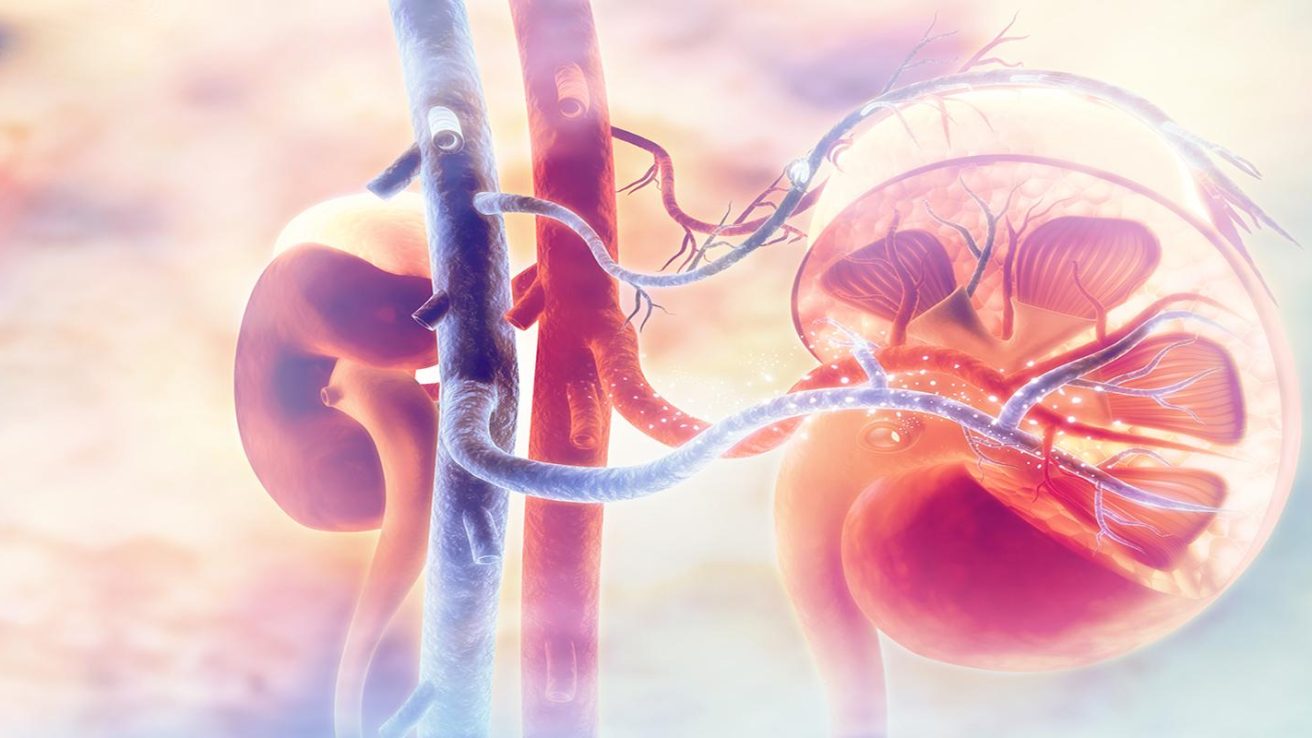WEDNESDAY, Nov. 18, 2020 (HealthDay News) — In a synopsis of the 2020 Kidney Disease: Improving Global Outcomes (KDIGO) clinical practice guideline, published online Nov. 10 in the Annals of Internal Medicine, recommendations and practice points are presented for clinicians caring for patients with diabetes and chronic kidney disease (CKD).
Sankar D. Navaneethan, M.D., from the Baylor College of Medicine in Houston, and colleagues provide a summary of the KDIGO guidelines for diabetes management in CKD.
The guidelines include 12 recommendations and 48 practice points for clinicians, and relate to comprehensive care needs, glycemic monitoring and targets, lifestyle interventions, antihyperglycemic therapies, and education and integrated care approaches. For patients with diabetes, hypertension, and albuminuria, treatment with an angiotensin-converting enzyme inhibitor or an angiotensin II receptor blocker should be initiated. Patients with diabetes and CKD who use tobacco products should be advised to quit. Hemoglobin A1c should be used to monitor glycemic control, and individualized targets are recommended, ranging from <6.5 to <8.0 percent in patients not treated with dialysis. A protein intake of 0.8 g protein/kg weight/day should be maintained for those with diabetes and CKD not treated with dialysis; sodium intake should be <2 g sodium/day. Moderate-intensity physical activity is recommended for a cumulative duration of at least 150 minutes per week or to a level compatible with cardiovascular and physical tolerance.
“We are optimistic that this new guideline will help improve the delivery of evidence-based, high-quality care by a multidisciplinary team to those with diabetes and CKD around the globe,” the authors write.
Several authors disclosed financial ties to the pharmaceutical industry.









